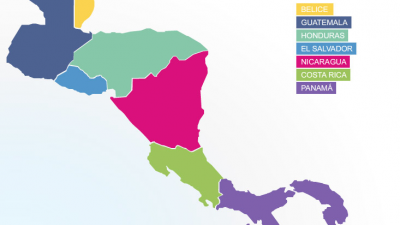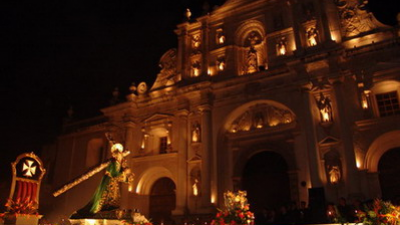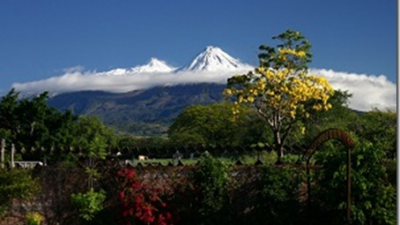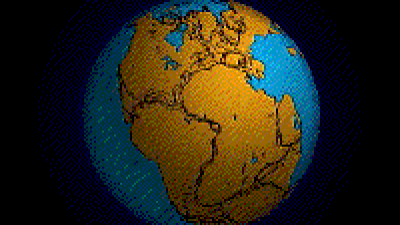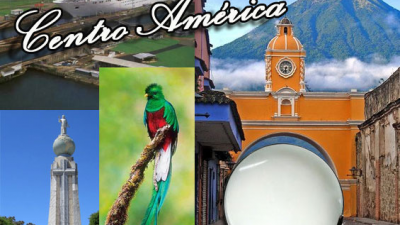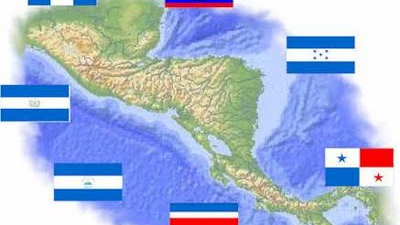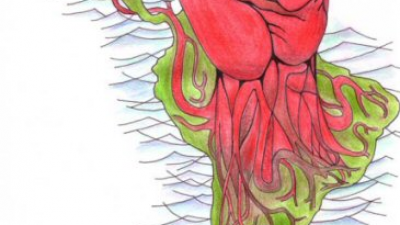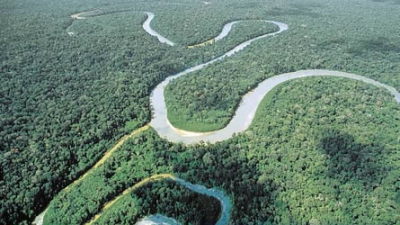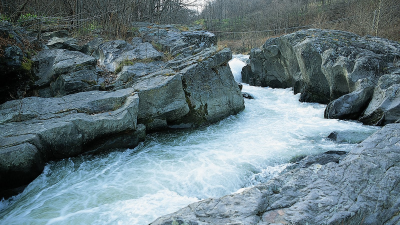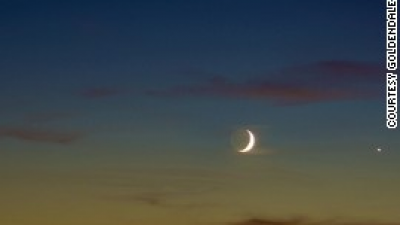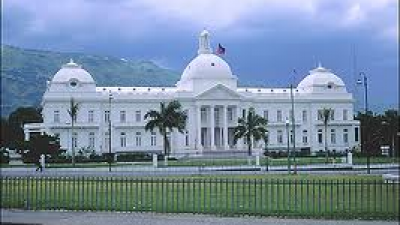The 7 natural wonders of Central America
|
NEWS
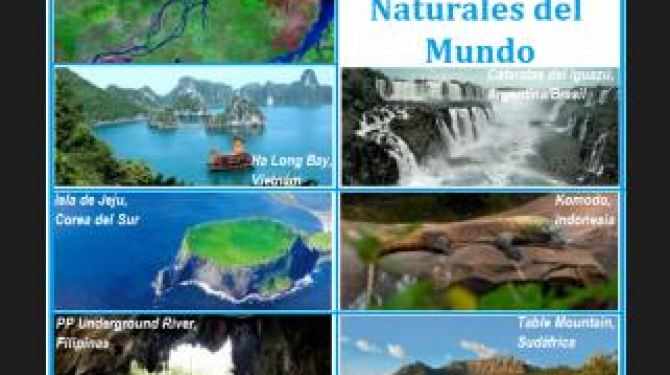
Source: listas.20minutos.es
What are the 7 best natural wonders of Central America for the world?
TOP 26:
Corker Key (Belize)
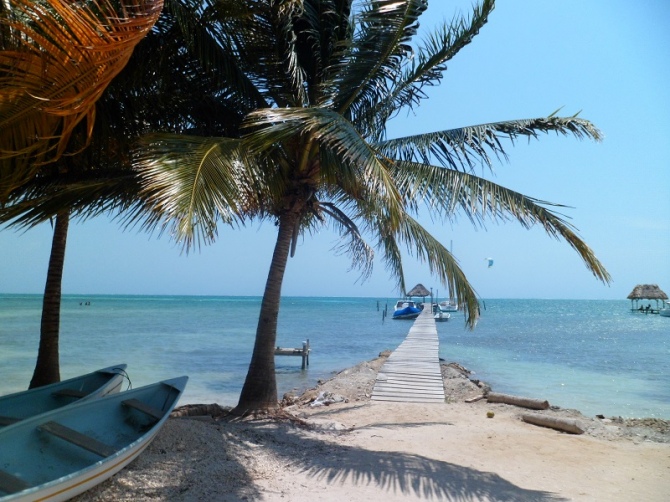
Cayo Corker (also known in Castilian as Cayo Hicaco or Caye Caulker (in English: Caye Caulker) is a small coral island located in the Caribbean Sea that belongs politically to Belize in Central America It is located south of Ambergris Caye and north of the Islands Turneffe, in the northeast of Belize, is divided by a narrow channel, has many beaches, the north of this key is a protected area called: Caye Caulker Forest Reserve.
TOP 25:
Ambergris Caye (Belize)
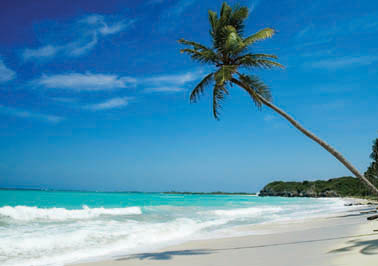
The Ambergris Caye (also known in Spanish as Gray Amber Cay) is the largest island in Belize, located in the northeast of this country, near the border with Mexico in the Caribbean Sea and administratively belonging to the district of Belize, has a an area of approximately 8 km² and about 2000 people live there, most of them concentrated in the largest town, San Pedro, located in the extreme sea, by the second largest barrier reef in the world that is also a popular tourist destination, deserved In 1996, it was classified as a UNESCO World Heritage Site and is a very famous protected habitat.
TOP 24:
Darien National Park (Panama)
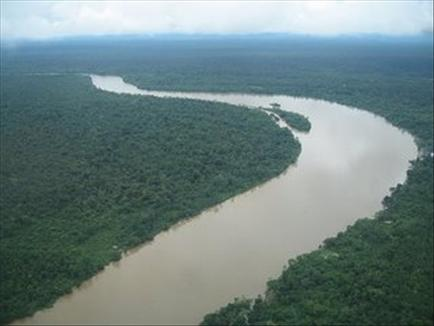
The Darién National Park located in the province of Darién, Panama. It is approximately 325 kilometers from Panama City, and is the largest of all the National Parks of Panama, with 5970 km² and is one of the most important World Heritage Sites in Central America. It was declared in 1981 as World Heritage [1] and in 1983 as a Biosphere Reserve. Its most common species are the macaw, the parrot, the tapir and the harpy eagle, the National Bird of Panama. This park is valued for its important genetic heritage, the beauty of its steep landscape and its jungle. To get to the park, visitors will usually fly to El Real, the city closest to the park
TOP 23:
La Amistad International Park (Costa Rica-Panama)
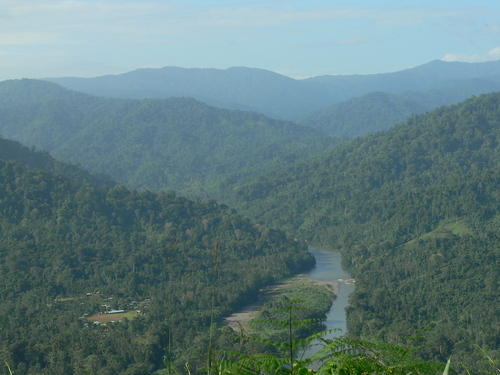
La Amistad International Park (also called PILA), is a cross-border park, was created by the governments of Costa Rica (PILA-Costa Rica) and Panama (PILA-Panama) by bringing together the Reserve of the Talamanca mountain range and the National Park Friendship, respectively, in a single entity where the address is shared between the two nations. The park was declared a World Heritage Site by UNESCO in 1983, and declared International Peace Park, following the recommendation of Unesco in 1988. It has an area of 401,000 ha, in Costa Rica there are (193,929 ha) , in the provinces of San José, Cartago, Limón and Puntarenas, being extremely inaccessible, the part of Panama (207,000 ha) is difficult to access, with much of the park still unexplored, covering the provinces of Bocas del Toro and Chiriquí.
TOP 22:
Tortuguero National Park (Costa Rica)
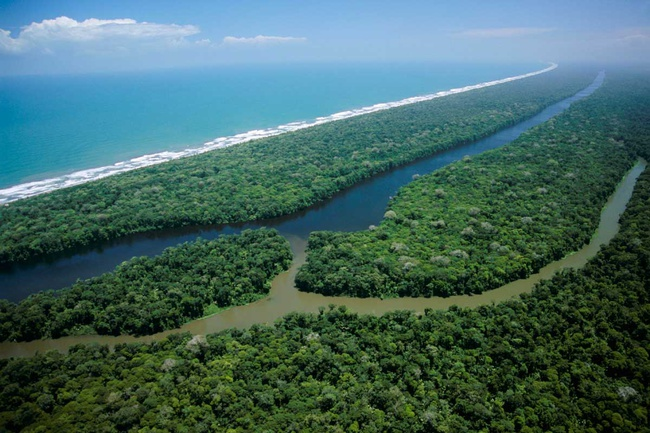
The Tortuguero National Park is located north of the town in Tortuguero and in the south of Parismina, Costa Rica. It is located within the Tortuguero Conservation Area (ACTo). It has 31,187 hectares of land and 52,000 hectares of sea. The famous Canals are an introductory part of Tortuguero. Impressively they were created with natural lagoons and rivers. Its climate is humid; Annual rainfall reaches 6000 mm in the northern part of the park. It is one of the rainiest areas of the country. There is no dry season, but it is a fact that it rains less in February, March and October.Tortuguero is famous for turtle nesting on its beaches. There are also quantities of monkeys, frogs, iguanas, fish, crocodiles, manatees, pumas and many other species of animals.
TOP 21:
Los Volcanes National Park (El Salvador)
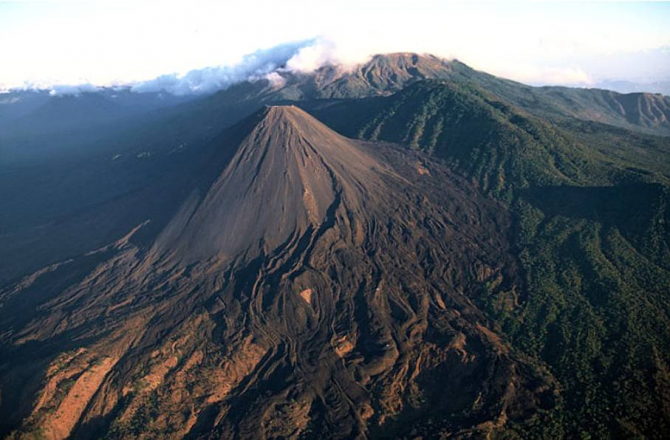
Los Volcanes National Park, is a protected natural area in El Salvador. This park includes three of the 14 “young” volcanoes of the Cordillera Apaneca-Ilamatepec, among which are: the Santa Ana Volcano, the Izalco Volcano (also called the Central America lighthouse) and the Cerro Verde. The Park is immersed in what is now known as the Apaneca-Ilamatepec Biosphere Reserve, declared under this name by UNESCO (United Nations for Education, Science and Culture) in 2007.
TOP 20:
Volcano Baru (Panama)
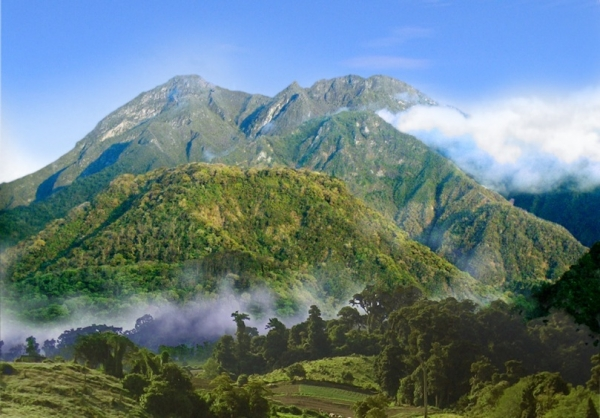
The Barú volcano is the highest elevation in Panama and is the highest volcano in southern Central America, with a height of 3,475 meters above sea level. It is shared by three districts: Boquerón, Boquete and Bugaba.According to scientific studies, its last eruption took place approximately between 400 and 550 years ago. It is estimated that its height was greater, with the top covered with perpetual snow. The most recent eruption was lateral, opening a crater in the southwest-west part, melting the snow on the top and taking place the collapse of it, causing a great avalanche of mud and lava.
TOP 19:
Great Blue Hole (Belize)
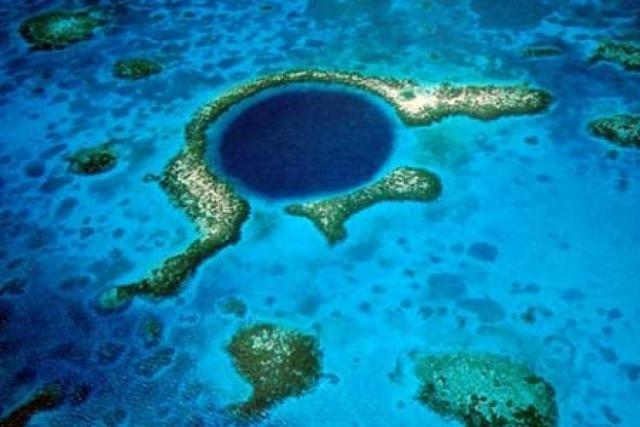
The Great Blue Hole is a large sinkhole or "blue hole" off the coast of Belize. It is located near the center of the Lighthouse Reef, a small atoll located 100 kilometers from the mainland coast and Belize City. The hole is circular in shape, and is more than 300 meters wide and 123 meters deep. [1] It was formed as a system of limestone caves during the last glacial period, when sea levels were much lower. As the sea began to rise again, the caves flooded, and the roof collapsed. [2] It is believed to be the largest phenomenon in the world of its kind. The Great Blue Hole is part of the Reserve System of the Barrier Reef of Belize, a UNESCO World Heritage Site. [1]
TOP 18:
Jiquilisco Bay (El Salvador)
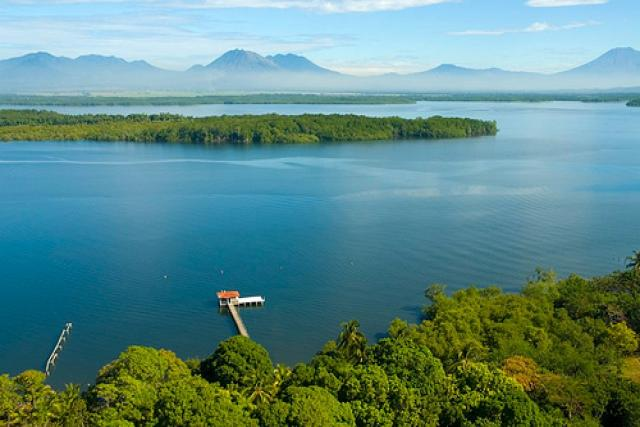
Jiquilisco Bay is part of the landscape system "Central coastal plain" of El Salvador. On October 31, 2005, it was declared as a “Ramsar site”, within the framework of the international agreement on wetlands, due to its uniqueness and fragility, because it is the habitat of the majority of sea-coastal birds in the country. It is the only nesting site for some of them, as well as the place of destination or passage (feeding, change of plumage and rest) of eighty-seven migratory birds of international relevance.
TOP 17:
Cocos Island (Costa Rica)
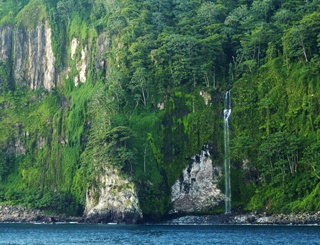
Cocos Island is an island located in the Pacific Ocean belonging to the Republic of Costa Rica, which declared it a National Park. Despite being an uninhabited island there are park rangers, biologists, researchers and sailors 24 hours a day. Since 2006, polling stations have been installed for the presidential elections of Costa Rica on the island. It was discovered in 1526 by the Spanish navigator Juan Cabezas. It is located 532 km from the Costa Rican coast.
TOP 16:
Pulhapanzak Falls (Honduras)
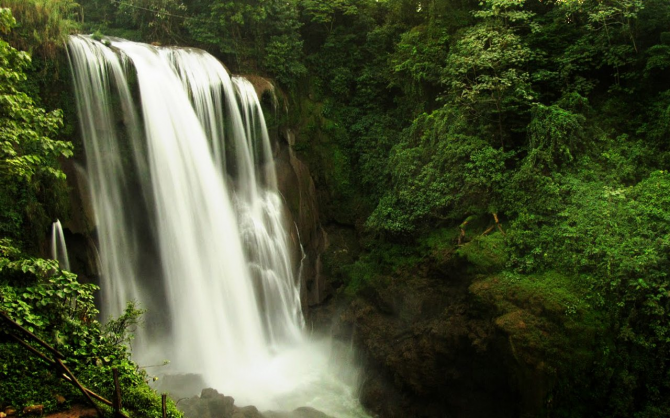
Pulhapanzak Waterfalls are waterfalls on the White River that are found in the Republic of Honduras. Located north of Lake Yojoa, it is considered one of the most beautiful waterfalls in Central America for its crystalline waters and a waterfall 43 m high. In Pulhapanzak, archaeological remains have also been discovered of what could have been the center of an ancient culture, prior to the Mayans. The presence of mounds, the remains of various cobbled roads as well as small fragments of ceramics and other objects that have been found there, are currently studied by international archaeologists who have identified them as structures belonging to the late classical period (600 to 900) . The spa has cabins, restaurant, champas, camping areas, gazebo, swimming pool, playground, soccer fields and trails. It also has tourist information and center for events.
TOP 15:
Coatepeque Lake (El Salvador)
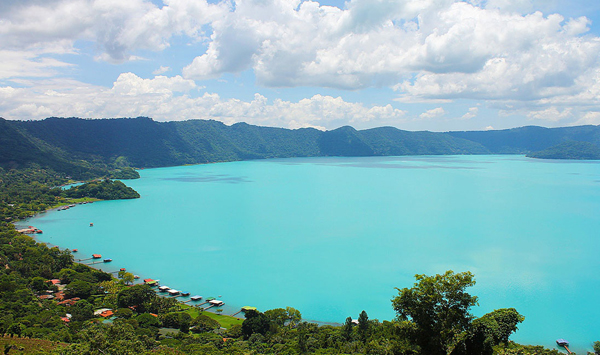
Lake Coatepeque is of volcanic origin and is located 18 km south of the city of Santa Ana in the municipality of El Congo. It has an altitude of 745 masl and an area of 25.3 km². In addition, its depth of 115 m. [1] It has an island called Isla del Cerro or Teopán. The toponym "coatepeque" means "Cerro de Culebras" in Nahuatl language
TOP 14:
Rio Platano Biosphere Reserve (Honduras)
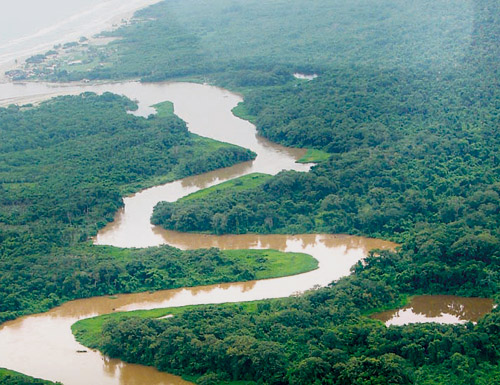
The Río Plátano Biosphere Reserve is located around the Río Plátano in La Mosquitia, the region on the Caribbean coast of Honduras. It has an area of 5,250 km² of extension. This reserve has been declared a World Heritage Site and Biosphere Reserve by Unesco in 1980. The reserve covers both the mountains and the lowlands of tropical rainforest, full of flora and diverse fauna
TOP 13:
Mesoamerican Reef (Mexico-Guatemala-Belize-Honduras)
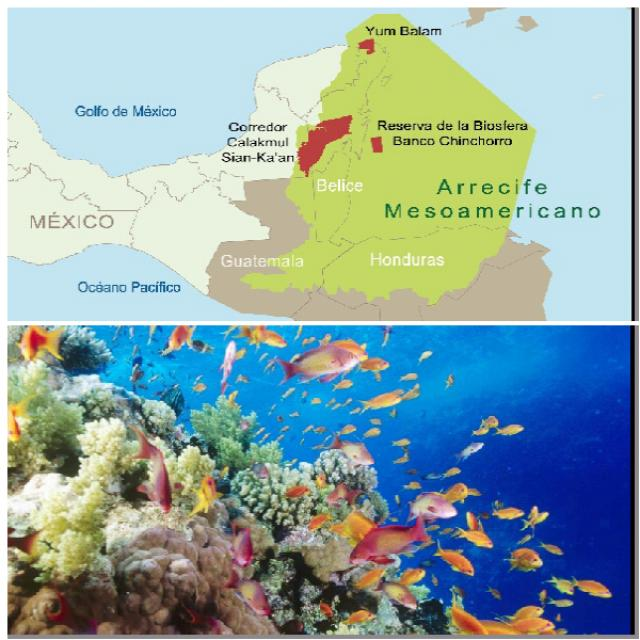
The Mesoamerican Reef System, also known as the Mesoamerican reef, and often abbreviated SAM, is a coral reef that extends over approximately 1000 km, along the Caribbean coast of Mexico, Belize, Guatemala and Honduras. [1] Mesoamerican Reef System is the largest coral reef in the Western Hemisphere and the second largest reef in the world after the Great Barrier Reef in Australia
TOP 12:
Lake of Güija (El Salvador-Guatemala)
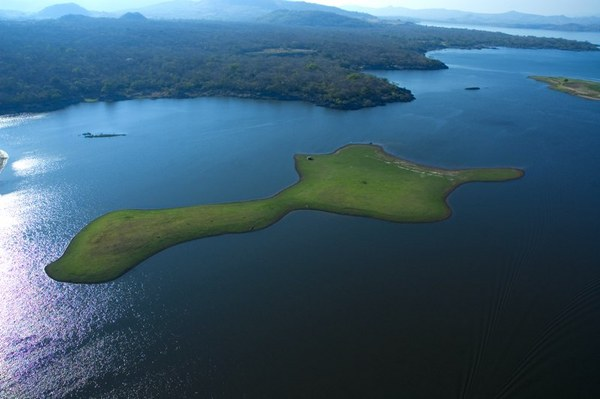
Lake Güija is a lake in Central America whose surface is shared by El Salvador and Guatemala. It is located on the northwest border of El Salvador and eastern Guatemala, between the Salvadoran department of Santa Ana and the Guatemalan department of Jutiapa, at an altitude of 430 meters above sea level. The lake has an approximate area of 45 km².
TOP 11:
Rio Celeste (Costa Rica)
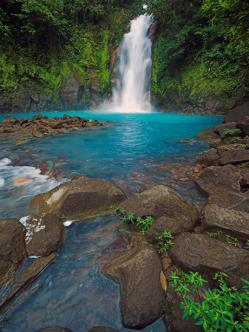
The Celeste River is a river of Costa Rica, located in the canton of Guatuso in the province of Alajuela, within the Tenorio Volcano National Park, in the Arenal-Tempisque Conservation Area. It is formed by the confluence of the Buena Vista and Quebrada Agria rivers on the slopes of the Tenorio volcano. Due to its particular coloration, the result of an optical effect produced by the dispersion of sunlight due to the high concentration of aluminum silicates that possess its waters, [1] it is an important national and international tourist destination of this Central American country
TOP 10:
Trifinio-Fraternidated Cross-Border Biosphere Reserve (Guatemala-Honduras-El Salvador)
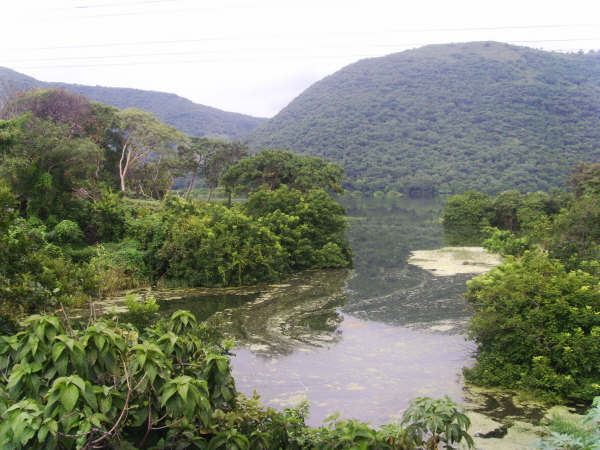
The Trifinio-Fraternidad Cross-Border Biosphere Reserve formerly called the Trifinio Biosphere Reserve until June 29, 2011, is a protected natural space in the south of the department of Chiquimula, Guatemala. The reserve is located in the Guatemalan part of the Montecristo massif, the three-point point of El Salvador, Guatemala and Honduras. The Montecristo massif is an area where the borders of Guatemala, Honduras and El Salvador converge and its protection is a joint initiative of these three countries, which resulted in the creation of the Montecristo Trifinio National Park in Honduras and the Montecristo National Park in El Salvador, as well as the Trifinio biosphere reserve in Guatemala.
TOP 9:
San Blas Archipelago (Panama)
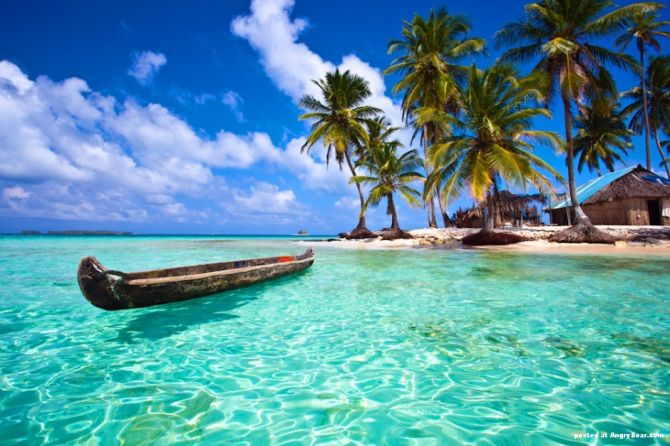
The San Blas archipelago (also known before as the Mulatas archipelago) is a group of 365 small islands and islets belonging to Panama located off the north coast of the Isthmus, east of the Panama Canal, of which only about 80 are inhabited. It is the home of the Guna Indians, who are part of the Guna Yala region along the Caribbean coast of Panama.
TOP 8:
Cayos Cochinos (Honduras)
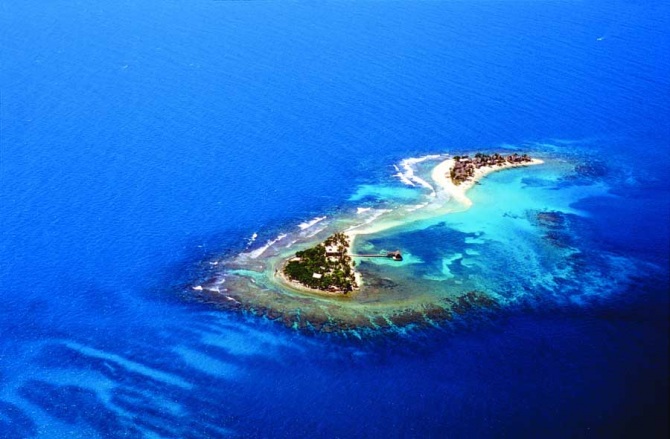
The Cayos Cochinos are a group of islands that is formed by two small islands (15 ° 58′18.99 ″ N 86 ° 28′31.34 ″ O / 15.9719417, -86.4753722) (Cayo Menor and Cayo Grande) and 13 smaller keys of coral origin located 30 kilometers northeast of La Ceiba on the north coast of Honduras. Although geographically they belong to the department of Bay Islands and are part of the municipality of Roatán. The population was 108 at the 2001 census. The total land area measures about 2 km².
TOP 7:
Gulf of Fonseca (Nicaragua-Honduras-El Salvador)
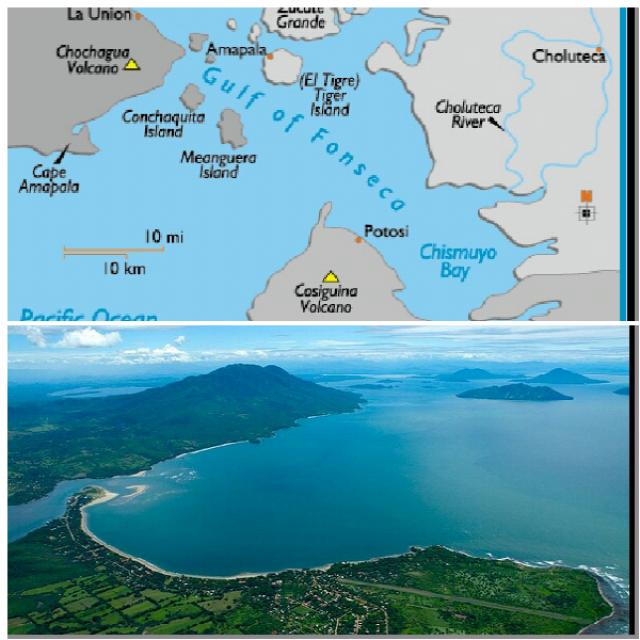
The Gulf of Fonseca or Gulf of Chorotega, is a protected inlet of the Pacific Ocean, located west of Central America, borders to the northwest with El Salvador, to the northeast and east with Honduras and to the south with Nicaragua. It is one of the best natural harbors in the world, with an area [1] of about 3,200 km². Among its important ports are La Unión, in El Salvador; San Lorenzo, in Honduras, Potosí and Puerto Morazán, in Nicaragua Among the most important islands are: Meanguera, Conchagüita, Zacatillo, Conchagua and Martín Pérez, belonging to El Salvador; Zacate Grande, [2] Coyote, Ascension, and Farallones, belonging to Honduras. El Tigre Island was in dispute between El Salvador and Honduras, but the International Court of Justice (ICJ) granted its sovereignty to Honduras. [3] Conejo Island has an approximate diameter of 1 km.
TOP 6:
Semuc Champey (Guatemala)
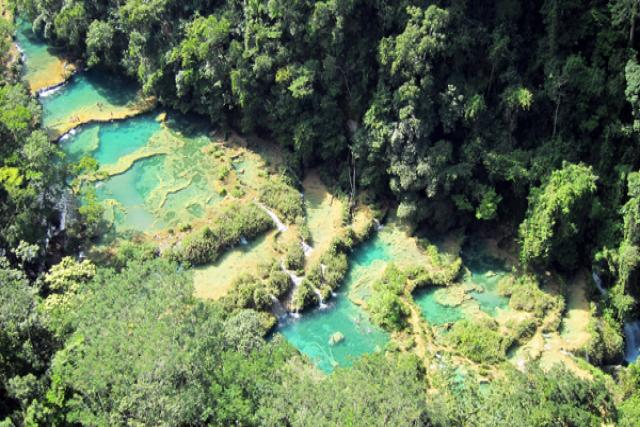
Semuc Champey (where the river is hidden in the mountain), is a natural enclave located near the Guatemalan municipality of Lanquín (approximately 12 km south of Lanquín), in the department of Alta Verapaz, Guatemala. In the same, in the middle of a thick tropical forest is a natural limestone bridge about 300 meters long through which the Cahabón river flows and in whose surroundings there are a large number of pools of 1 to 3 m deep , whose turquoise green color changes throughout the year varying with weather, sun and other natural factors. In the end, the Cahabón river can be observed as it enters a limestone cavern, a very dangerous area to be approached within the river by the force of the water, it is only allowed to observe this natural geographical phenomenon from a distance.
TOP 5:
Atlitan Lake (Guatemala)
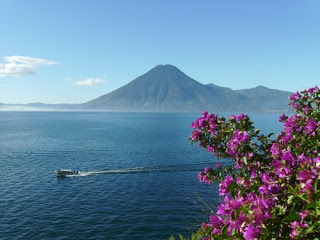
The most important hydrographic accident of the department of Sololá in Guatemala is Lake Atitlán, which is one of the main economic sources of the department, because in addition to being a very attractive tourist center, it serves a lot of commercial support. The volcanoes of Atitlán (3,537 meters above sea level [1]), Tolimán (3,158 meters above sea level) and San Pedro volcano (3,020 meters above sea level) rise. The lake is located 1,560 meters above sea level and is 18 km long. Its depth, which varies in many points, is unknown, however more than 350 meters deep have been probed.
TOP 4:
Cayos Miskitos Biological Reserve (Nicaragua)
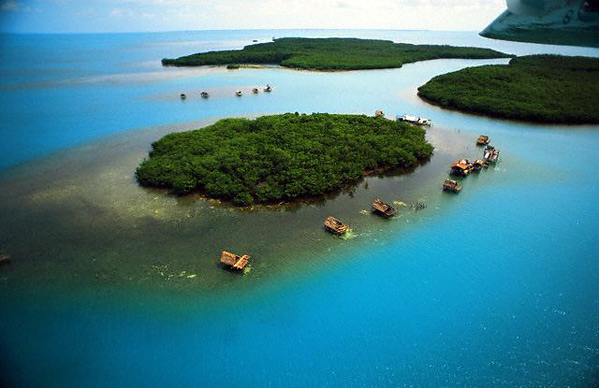
The Miskito Keys (14 ° 23′N 82 ° 46′O / 14,383, -82,767) are an archipelago with an area of 27 km² located offshore on the Caribbean northeast coast of Nicaragua. They are part of the North Atlantic Autonomous Region. The Miskitos Cays are composed of 76 formations that include estuaries, coral reefs, cays, underwater grass banks, and islets, of which 12 of the formations are covered with vegetation and therefore form islands that are bordered with white sand beaches The Miskito Cay, also known as Cayo Mayor, is the largest and most important key and is located in the center of the archipelago measuring 37 km². Other main islands are Cayo Maras, Cayo Nasa and Cayo Morrison Denis. The Cayos Miskitos Biological Reserve is one of the 78 protected areas in Nicaragua. A protected area was declared in 1991.
TOP 3:
Petén Itzá Lake (Guatemala)
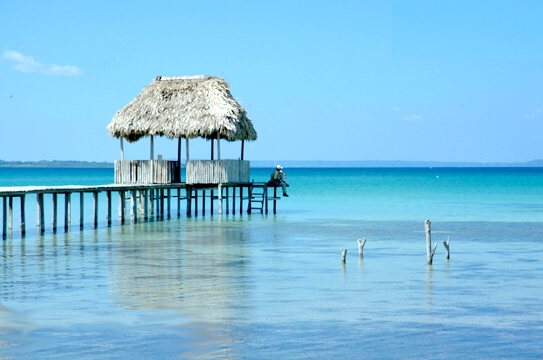
Lake Petén Itzá is a lake in the department of El Petén in northern Guatemala. The lake has an area of 99 km² [1] and is the third largest natural lake in the country, after Lake Izabal and Lake Atitlan. It has a maximum depth of 160 m and is located at a height of 110 meters above sea level in geographical coordinates between latitude 16º54'40 ”at 17º01'00” and longitude 89 ° 41'30 "at 89º55'30”. [2] In one of its Islets is located the city of Flores, the departmental capital of Petén.
TOP 2:
Corns Islands (Nicaragua)
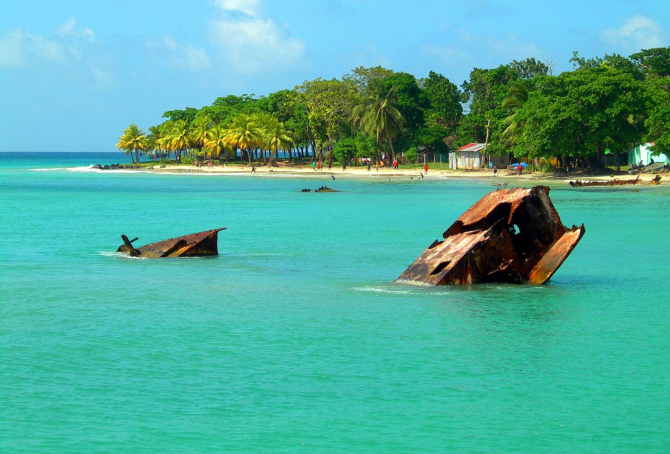
Islas del Maíz (Corn Island) is a Nicaraguan municipality in the Autonomous Region of the South Atlantic (RAAS), consisting of two islands located about 70 km east or off the Caribbean coast of Nicaragua, which have a total area of 12.9 km² approximately and which constitute one of the 12 municipalities of the RAAS. The Corn Islands are formed by the Big Corn Island, often also called simply Corn Island of approximately 10 km², and the Little Corn Island, just 2.9 km² The islands were discovered by Christopher Columbus in his fourth and last trip to America, in the year 1504.
TOP 1:
Ometepe Island Biosphere Reserve (Nicaragua)
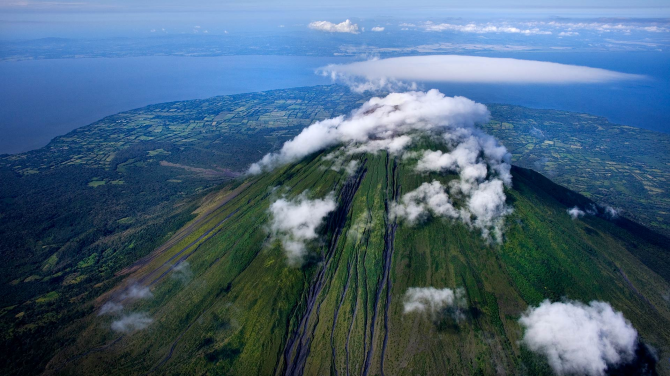
The island of Ometepe, also called Ōmetepētl (two mountains, in Nahuatl language) is located in Nicaragua, within Lake Cocibolca or Grand Lake of Nicaragua. Administratively the island belongs to the department of Rivas Its extension is 276 km2 and it is the largest volcanic island located inside a lake. Its population amounts to 35,000 people. The most important population centers are Moyogalpa and Altagracia, which are also the two main ports of access to the island from the cities of Granada, San Carlos and San Jorge.

